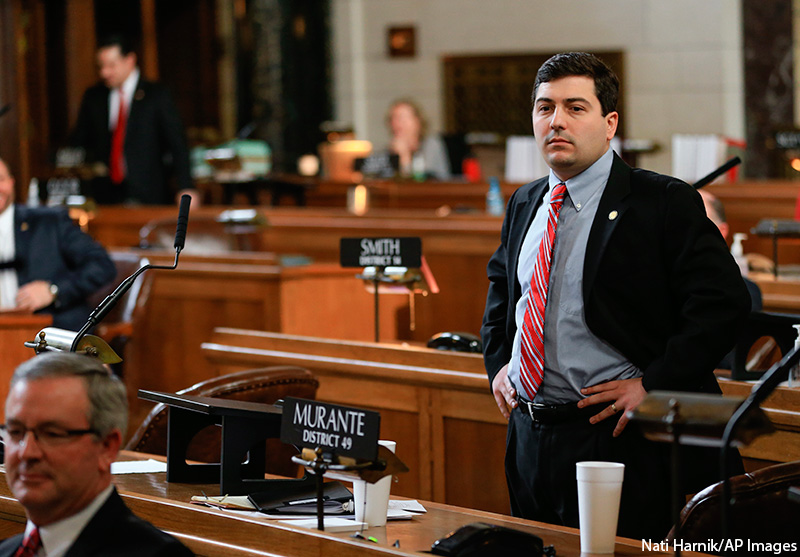- Current Events New Alabama Congressional District Selects Candidates
- Current Events Nebraska Rejects Winner-Take-All Proposal
- Citizenship Voting Under Age 18
- Citizenship Citizenship in Action
- Democratic Party Biden’s and Trump’s Recent Primary Results
- Elections Trump and Biden Win South Carolina and Michigan Primaries

Political Mapmaking: A Look at Gerrymandering
Voting in a democracy sounds easy enough: one voice, one vote, right? The truth is, devices such as the Electoral College and Congressional Districts have made the concept of the “popular vote” a myth. Gerrymandering, the act of redrawing the boundaries based on factors that might influence one party over another, is a practice that politicians have engaged in since the near the beginning of our country. While it is legal, many believe the practice to be unconstitutional. This week, we take a look at Gerrymandering, how it got its name, what it entails, its impact and any efforts toward stopping the practice altogether.
A Brief History
To know how gerrymandering works, you need to understand how congressional appointment works. Unlike the Senate, where each state gets two senators, the number House of Representatives allocated to each state is based on its population. This changes every ten years, based on an official count of the population, as conducted by the Census Bureau, which is part of the Department of Commerce.determined by the census. Some states only have one representative (Alaska, Delaware, Montana, North Dakota, South Dakota, Vermont and Wyoming). Others have many more (California has 53).
Districts are required to be equal in population, but many states did regularly adjust the voting districts based on the census. In 1962 the Supreme Court decision Baker v. Carr forced states to draw lines that gave everyone the same weighted vote. This lead to an increase in gerrymandering. The term comes from the name of former Massachusetts governor Elbridge Gerry, whose administration passed a law in 1812 that allowed the state to define the new state senatorial districts. A satirical cartoon appeared shortly thereafter by Elkanah Tisdale that showed the map to resemble a salamander.
Operation REDMAP
In 2009, a political strategist named Chris Jankowski, who runs an organization called the Republican State Leadership Committee, decided to inject about $30 million to support Republican candidates in state races in 2010. This was because state legislatures are responsible for drawing the boundaries of the districts, and having Republicans in the majority would allow them to redraw districts that would benefit the Republican party. The effort was called Operation RedMap.
The efforts paid off, regaining control of 11 state legislatures. Those states went about redrawing the voting maps. Technology has made this old practice significantly easier, with programs like Maptitude that give lawmakers extremely detailed geographic information precinct by precinct.
Using Ohio as an example, during the 2012 election (the first following the 2010 re-distrivting), President Obama and Senator Jerrod Brown both won Ohio and the Democrats won more overall votes, but the Republicans held an overall 60/39 “super majority” in the House of Representatives. The result of the 16-seat Ohio Congressional delegation was also significant 12/4 in favor of the GOP. Today, Republicans hold a 33-seat majority in the House.


